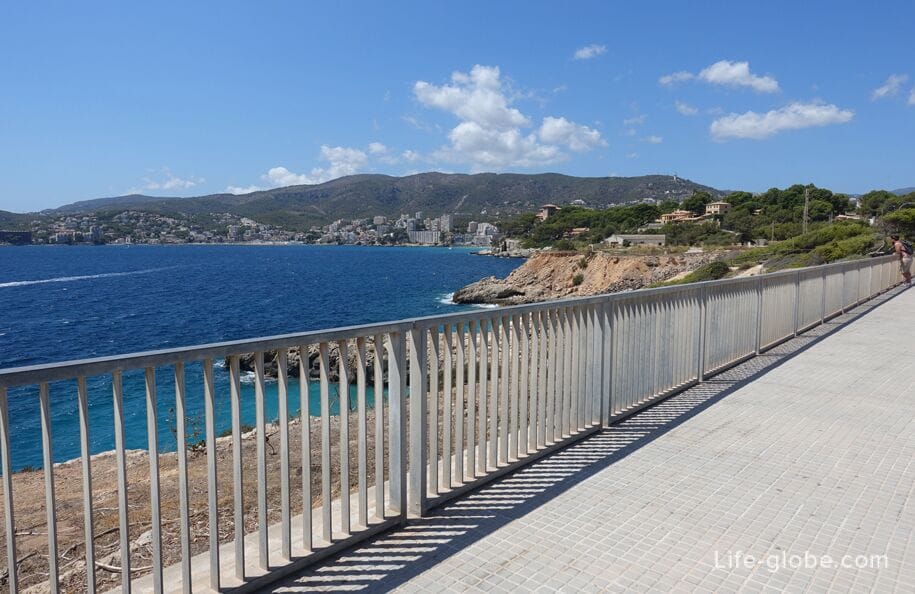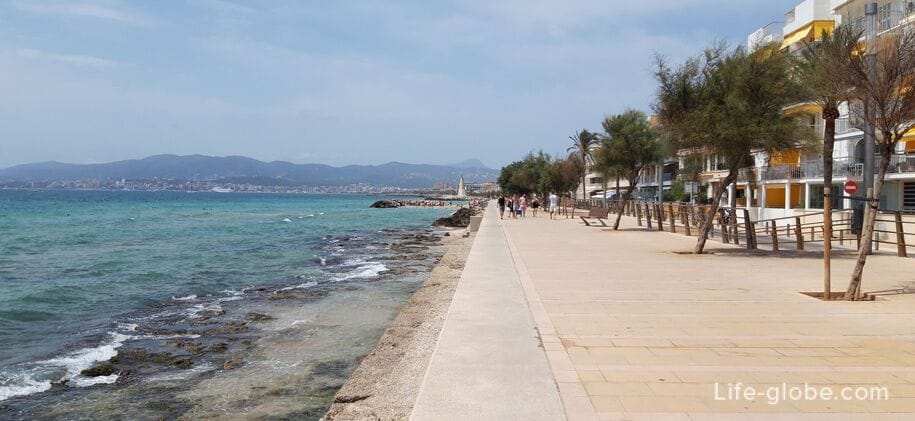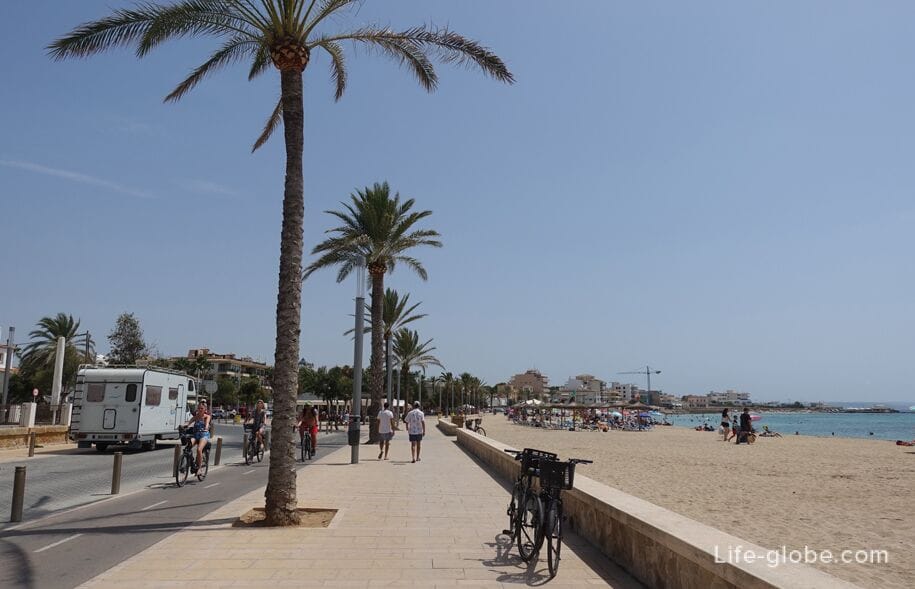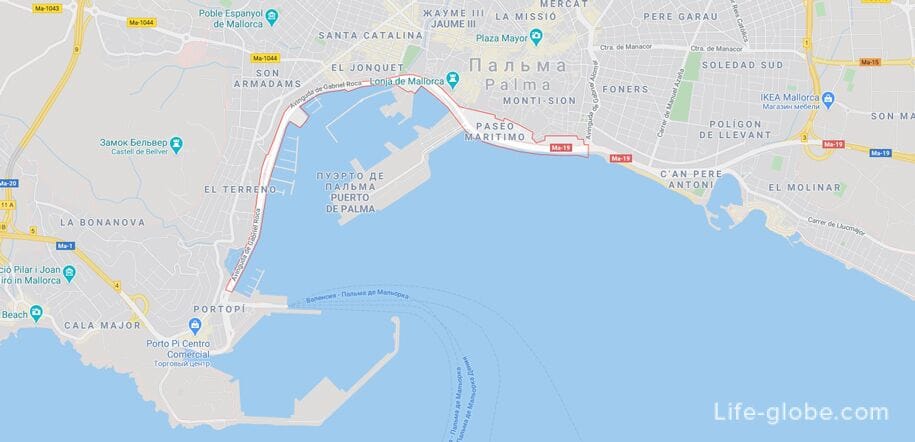
Paseo Maritimo - seaside boulevard (promenade), located in the capital of the Balearic Islands - the city of Palma de Mallorca or just Palma.
This promenade is one of the favorite places for walking and relaxing in Palma, overlooking the sea waters and the port.
Primorsky Boulevard was designed by architect Gabriel ROCA, supervisor of the extension of the coastal zone of the city of Palm trees, and constructed between 1940 and 1962.
On behalf of the architect of the embankment got its second name - the Boulevard (or embankment) Gabriel ROCA (Avinguda de Gabriel Roca).
The Paseo Maritimo extends from Quend-Plage beach Pere Antoni, lies along the historic center of Palma and out to the South-West towards the sea and the city to the tip area Porthope. The total length of embankment of Rock is somewhere between 5 to 200 meters.
Conventionally, the Paseo Maritimo can be divided into three parts: East end, Central and South-Western part.
The Eastern end of the promenade of Paseo Maritimo runs along part of the beach Kan Pere Antoni (Platja de CA'n Pere Antoni), which is the Central and most popular beach of Palma de Mallorca.
The beach has all the amenities for a beach holiday. Near the beach is a 4-star hotel Melia Palma Bay with a rooftop terrace with outdoor pool and sea views. Learn more about beach Cana Pere Antoni...
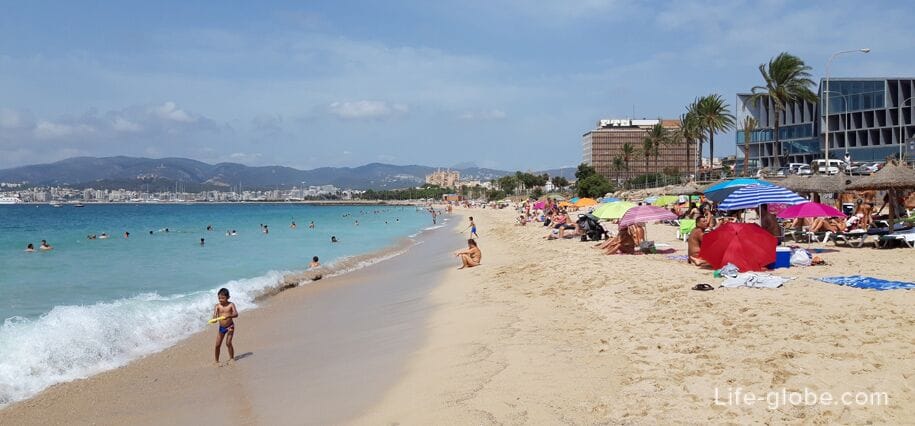
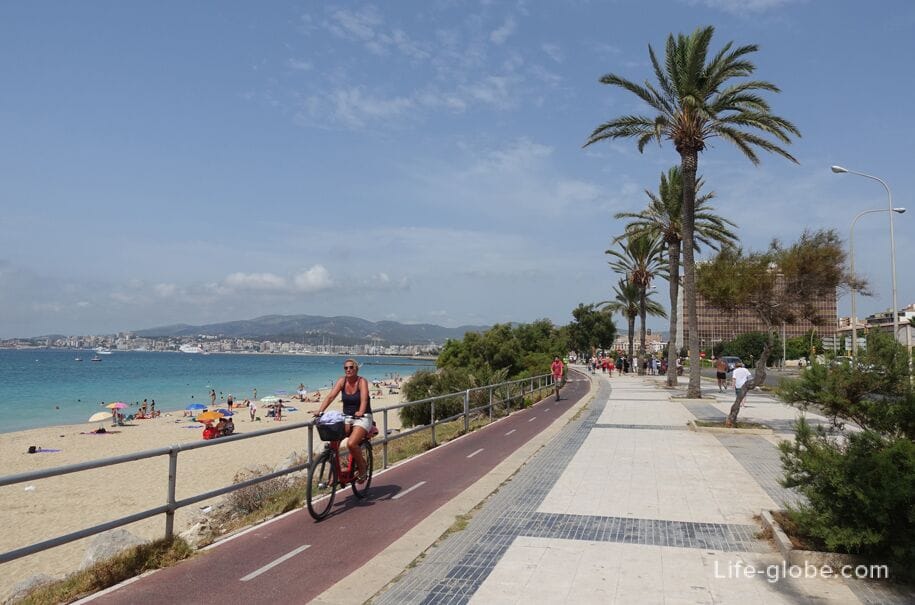
Further along the Paseo Maritimo beaches there - the coast is characterized by rocky and unsuitable for swimming beach and harbour area with yacht marinas.
The Central part of the promenade of Paseo Maritimo, it is also the most frequented, runs along the centre of Palma on one side and the sea on the other.
On the promenade planted with palm trees, places for recreation and bike path.
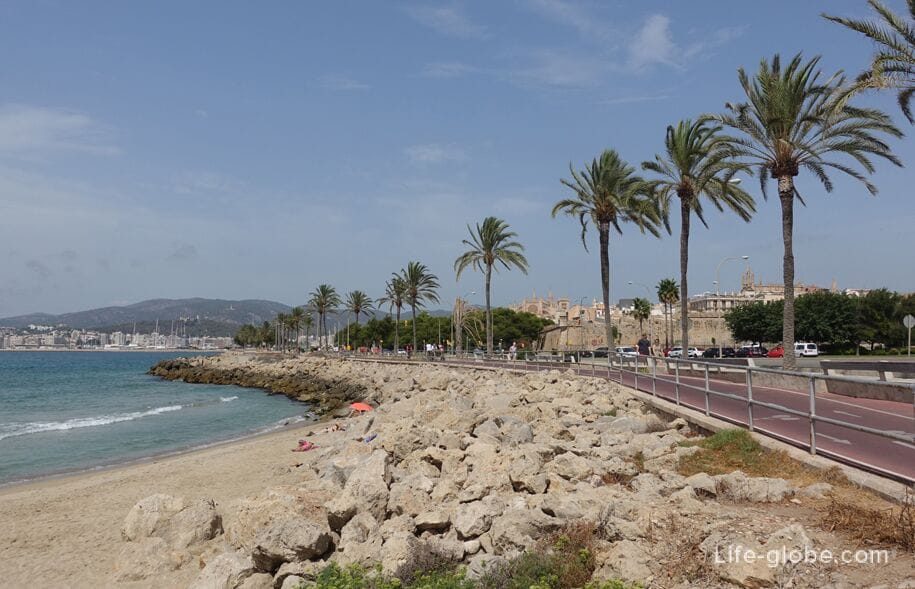

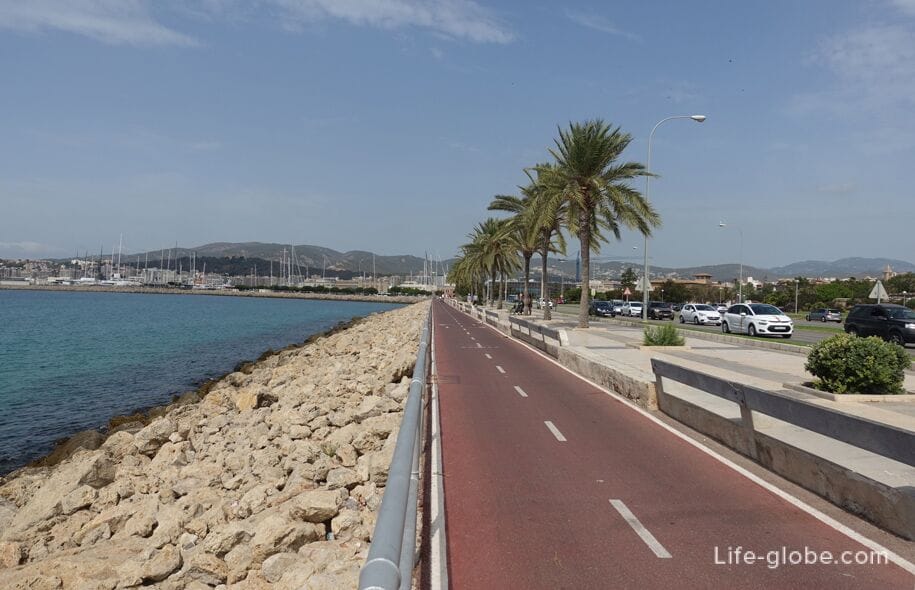
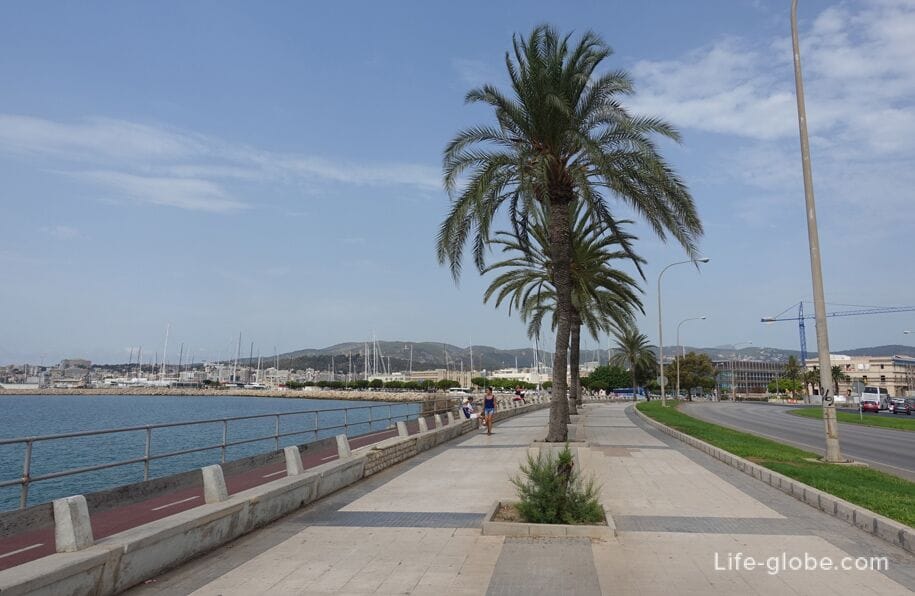

This part of the embankment is clearly visible the historic center of Palma, including the former, now restored city wall of Palma Cathedral and the Almudaina Palace.
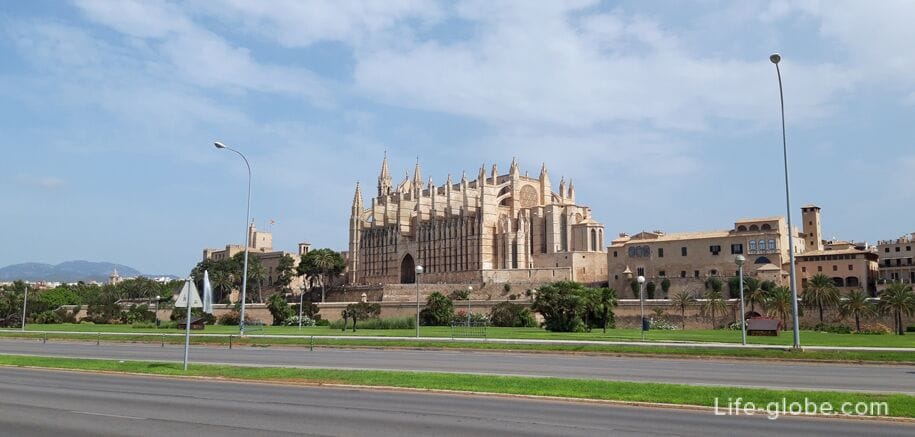
To Paseo Maritimo also includes the seaside Park (Spanish title: Parque del Mar, a Catalan - Parc de la Mar), known as the "sea Park" or Park by the sea, and is one of the largest urban parks in the city of Palma.
The Park was built in the 1970-ies on vacant land, after the construction of the highway embankment.
In the Park: salt lake with a fountain, places for walking and recreation, planted trees and palm trees, the Esplanade, sculpture, several café-restaurants and covered car Parking. Read more about seaside Park...

For Seaside Park promenade Rock has abundant Mediterranean vegetation. There are places for recreation, sculptures and is a major sea port with marinas (marinas), as well as rental boats.
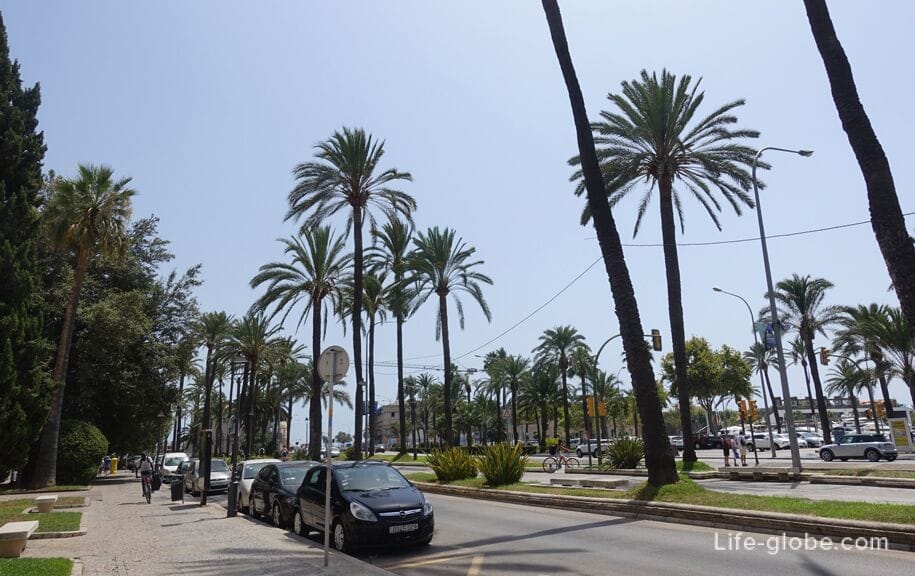
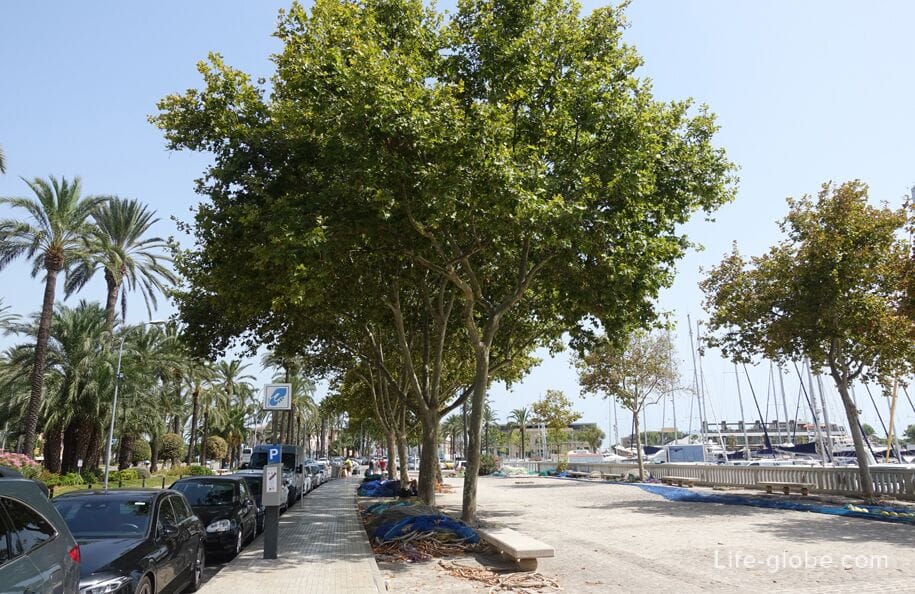

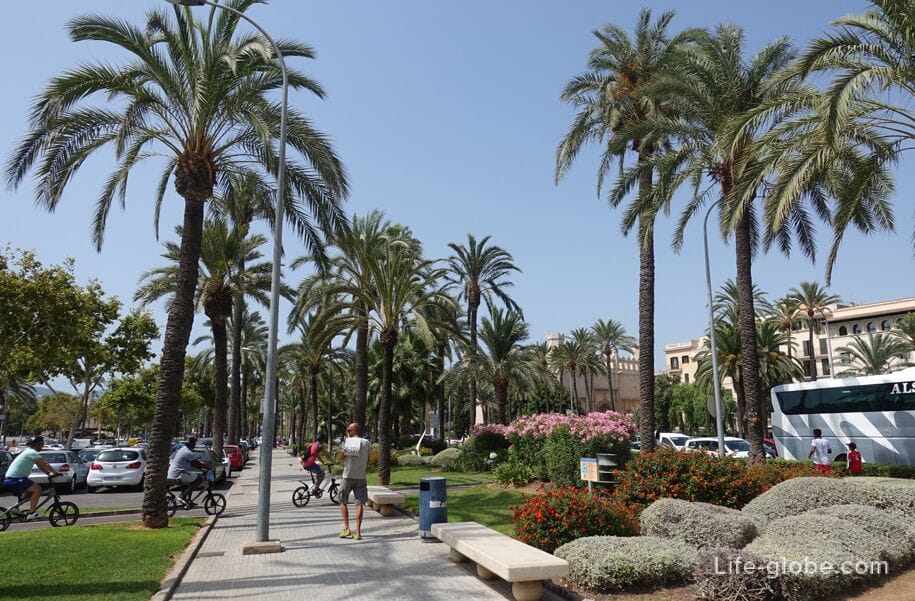

A monument to the Roman Lulu (Monument a Ramon Llull). High more than three meters, the monument is Ramona Lulla with a long beard, standing with a book in his left hand and a pen in the right.
The figure is mounted on a stone pedestal, on each of the four sides of which are inscriptions. On one side there is a shield of the city close with the following inscription: "Majorca, Ramon Lully". The other three - a few fragments of the major works of the author, presented in three languages in which he wrote: Catalan, Latin and Arabic.
The sculpture was created in 1967 by the sculptor Horacio de Egia.
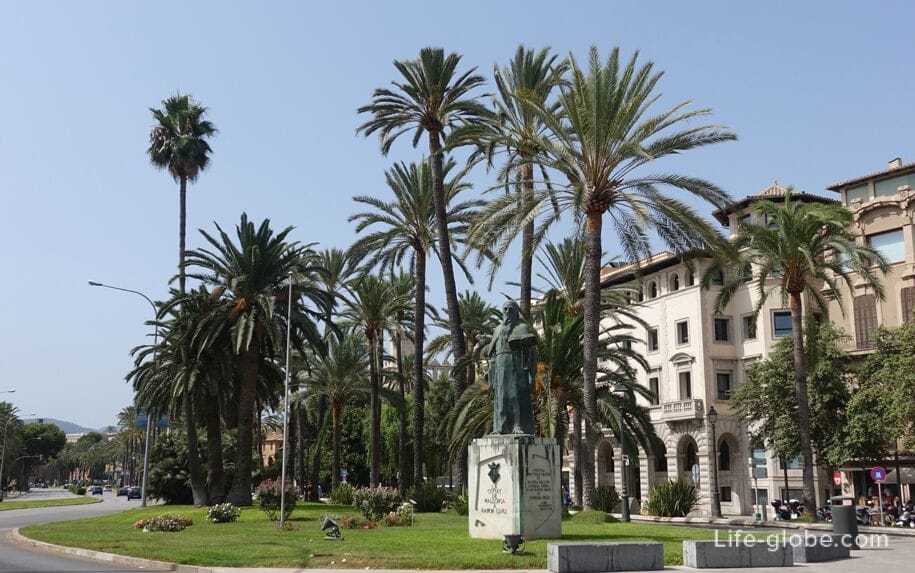
The sculpture "the Dance" (Danza) or "Islands of Genius" (Geni de les illes), created by Luisa Granero in 1986 in commemoration of the centennial chamber of Commerce.
Bronze sculpture standing on a large stone base, is a female figure, frozen in the dance. The figure holds in her right hand a flame which, although the hair and clothing women seem to be moving in the wind or fast dance moves, remains stationary in a vertical position. In his outstretched left hand the figure holds a Laurel wreath.
The stone base is the inscription: "the Genius of the Islands to all those of his initiative and work in Commerce, industry and navigation contributed to the progress and prosperity of our Islands. The chamber in its first century 1886-1986". On the opposite side is the same inscription in Catalan language, and each side is a shield of the chamber of Commerce of Mallorca.
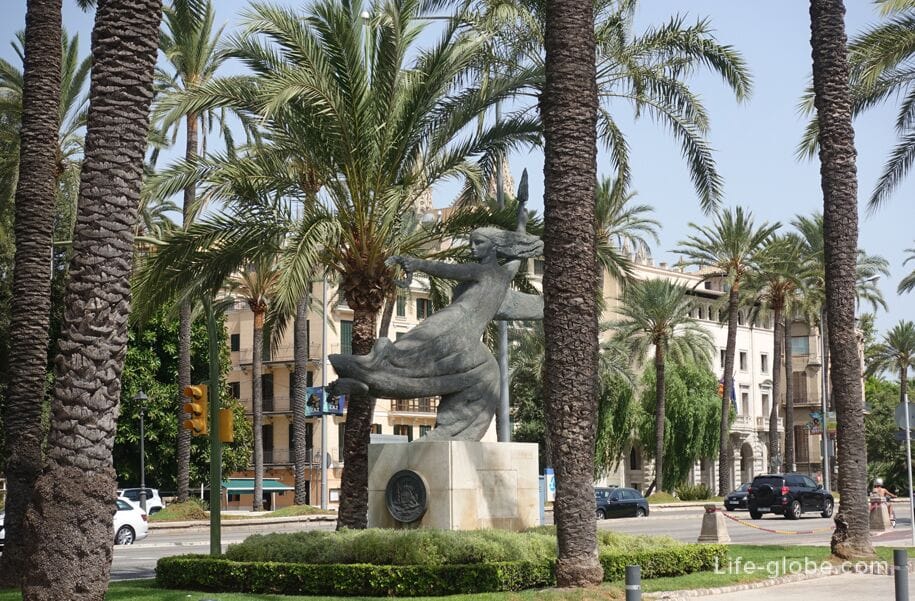
The sculpture "sundial", with the instruction manual, which tells how, in three steps to translate familiar to all of us time (hours) in the sun.

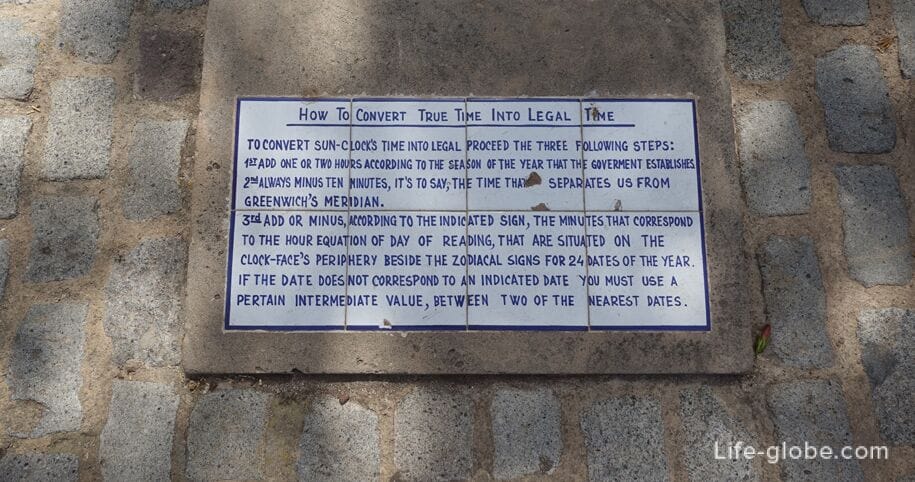
This part of the waterfront, the city runs along the Passeig Sagrera (Passeig Sagrera), which is one of the most picturesque streets of Palma. Read more about Paseo Sagrera...
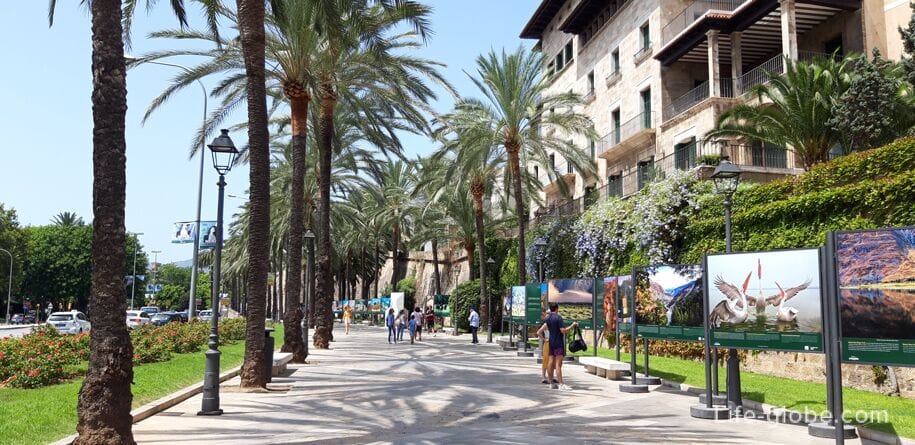
The so-called "South-Western" part of the Paseo marítimo promenade stretches from the Museum of contemporary art es Baluard, along the areas of El Jonquet and Santa Catalina, son Armadams, El Terreno to the end of the district Porthope.
All along the waterfront lies the port. There is a bike lane, designated for recreation, yacht clubs, rental boats and tour agencies. You can take a boat trip along the coast and the port of Palma, as well as outside the city.
From the city along the waterfront there are modern buildings with cafes, restaurants and bars on the first floor. There are several hotels, which offer views of Palma Bay and the port. For example, the 5-star Gran Melia Victoria, the 4-star Melia Palma Marina and Sa Portassa apartment Sea Front with a balcony overlooking the sea.
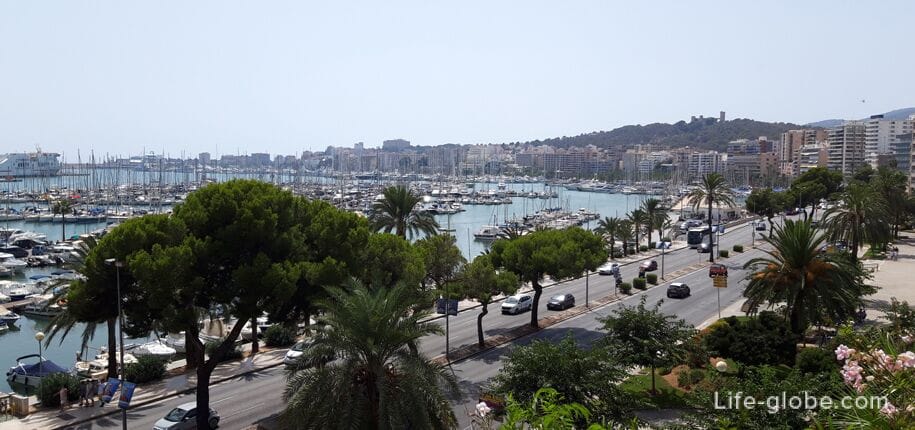
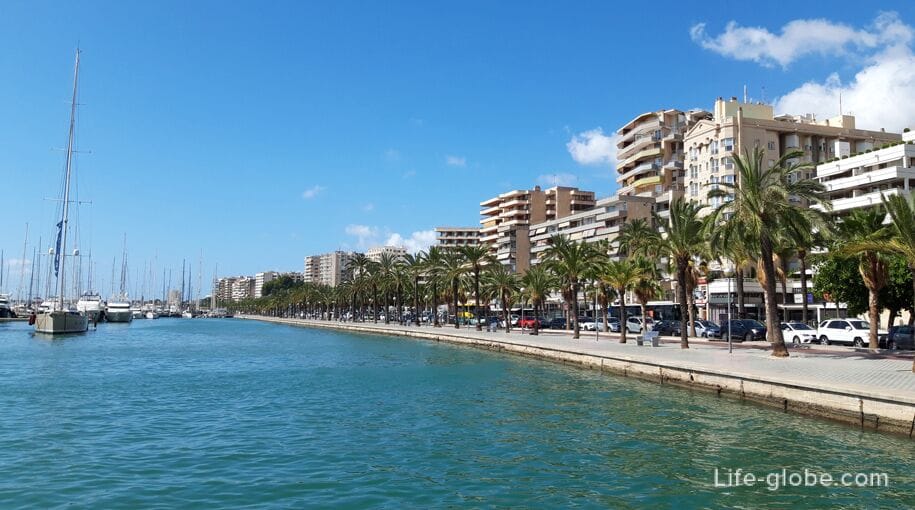
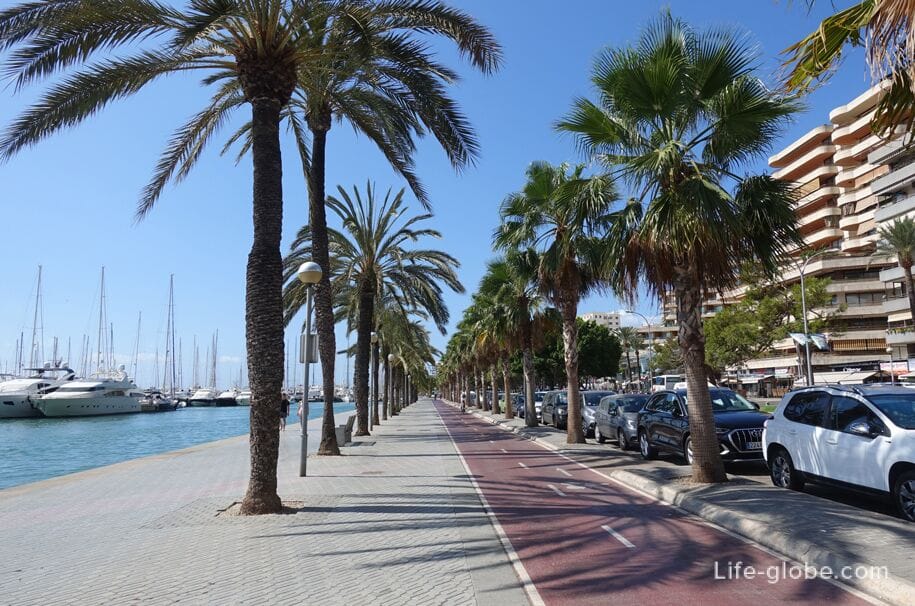
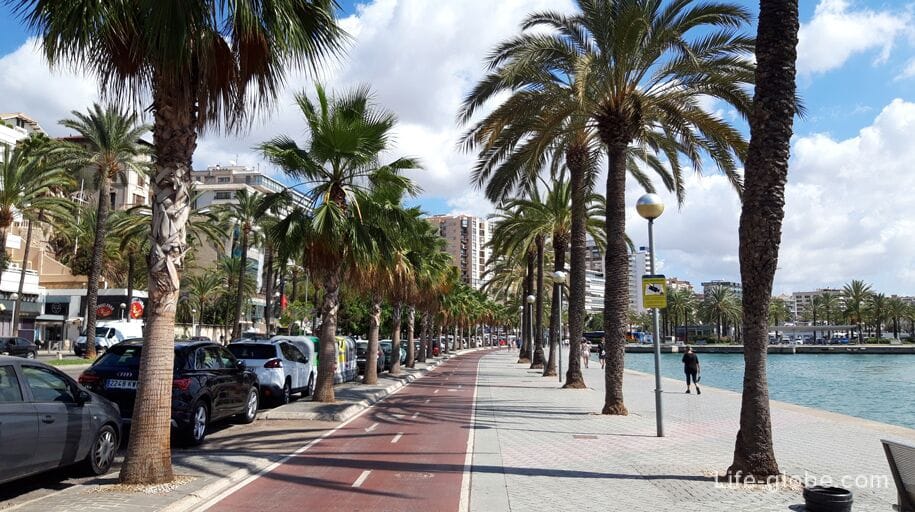


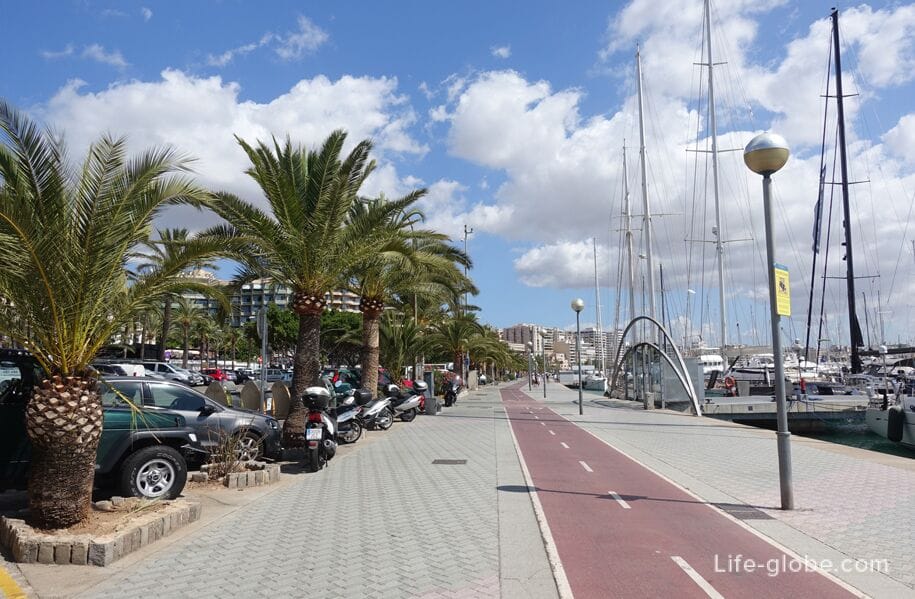



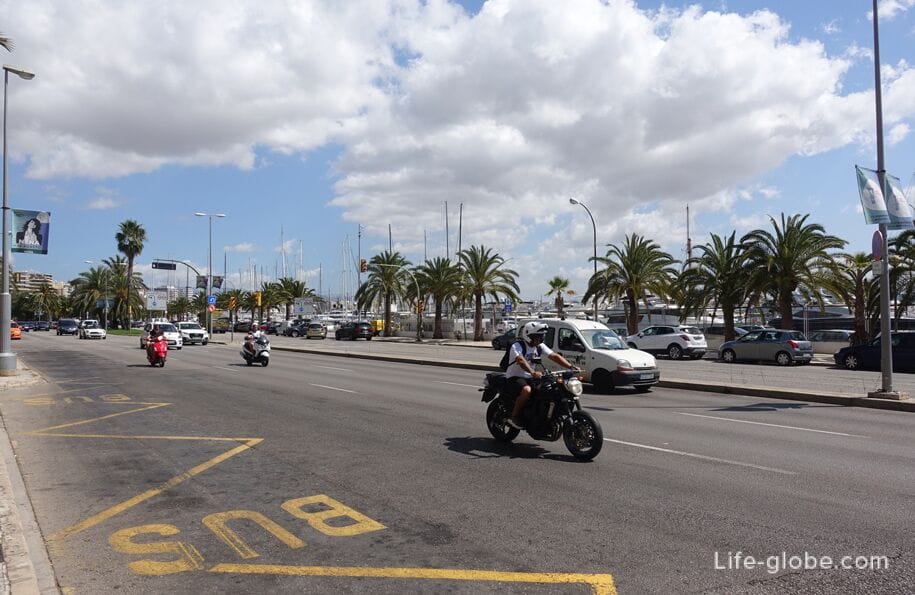
In addition to the Paseo Maritimo within the Palms there are also other promenades, which lie along the coastal tourist areas of the city in a westerly direction from the Paseo marítimo is Cala Major and Sant Agusti; in the South-East from the Paseo Maritimo is a large resort area of Playa de Palma, which is composed of smaller resort areas.
